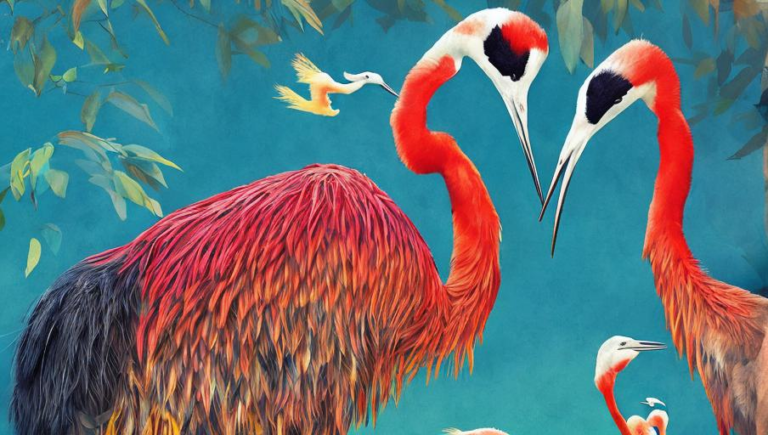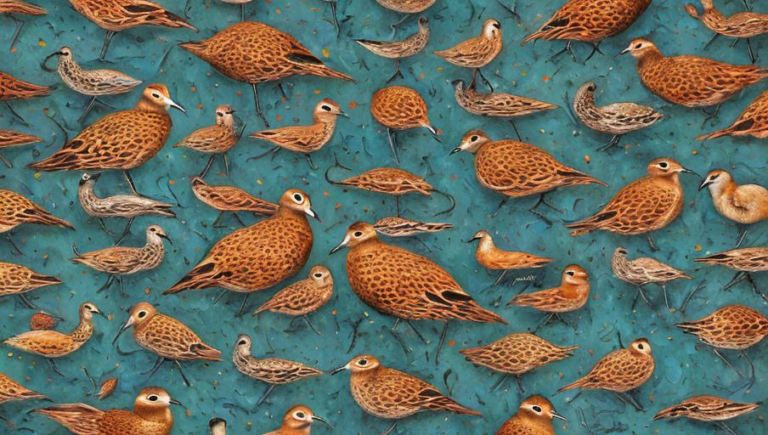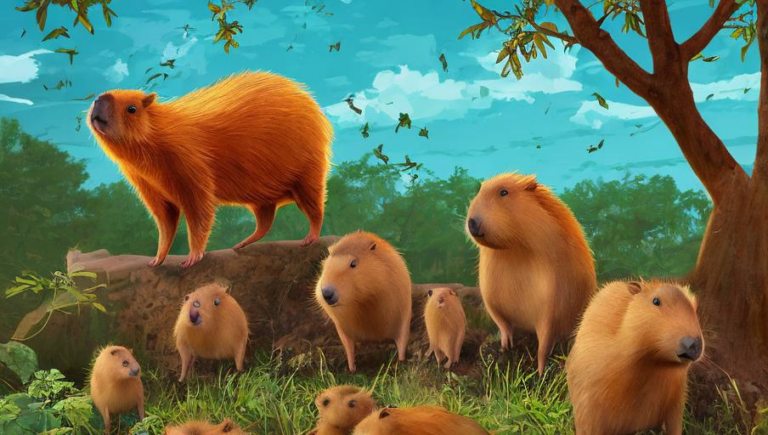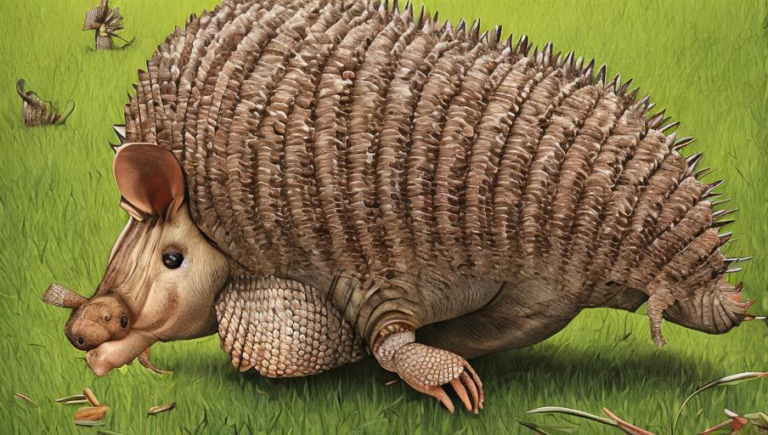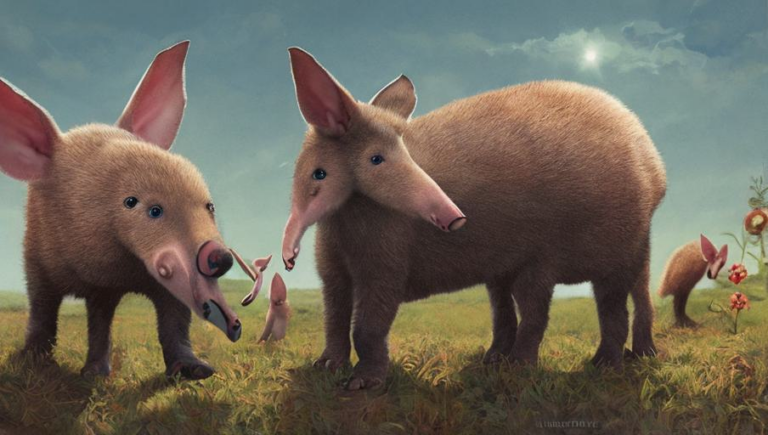Assessing the Impact of Human Activity on Aardvarks
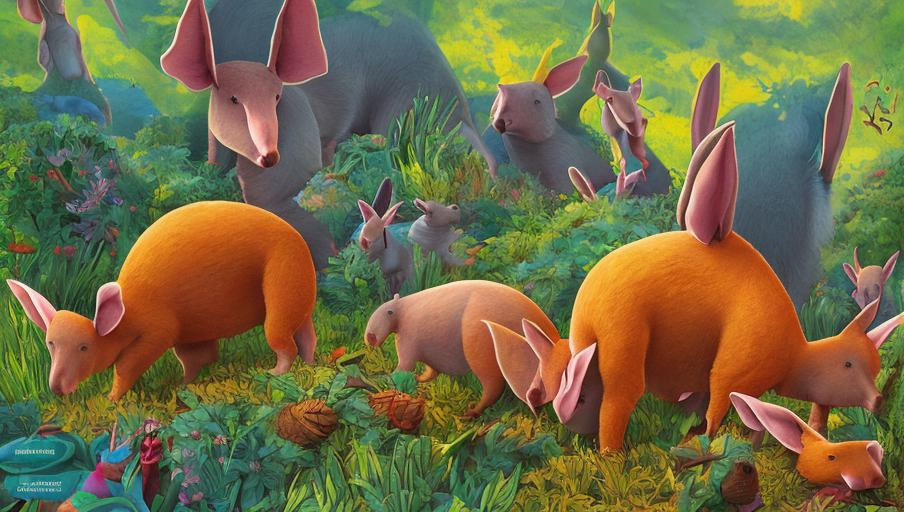
Introduction
Aardvarks are fascinating creatures that are found primarily in Africa. They are burrowing mammals with a pig-like snout and long, tapered ears. They are primarily nocturnal and feed mainly on ants and termites. Aardvarks have been around for millions of years and are an integral part of African ecosystems. Unfortunately, their populations have declined in recent years due to human activity.
Habitat Loss and Degradation
One of the biggest threats to aardvarks is habitat loss and degradation. As humans move into areas that were once home to aardvarks, the animals’ habitats are destroyed. This not only destroys their homes, but it also destroys their food sources. Furthermore, human activities such as mining, agriculture, and logging can degrade the quality of the aardvarks’ habitat, making it less suitable for them to live in.
Poaching and Hunting
In addition to habitat loss, aardvarks are threatened by poaching and hunting. They are hunted for their meat and their hides, which are then sold in local markets. This has had a devastating impact on aardvark populations, as they are not able to reproduce quickly enough to keep up with the demand. Furthermore, the hunters often use snares and traps, which can be extremely dangerous for the aardvarks.
Conservation Efforts
Fortunately, there are several conservation efforts underway to protect aardvarks and their habitats. These include initiatives to reduce habitat loss and degradation, such as protecting areas from human activity. There are also efforts to reduce poaching and hunting, such as increased monitoring of aardvark habitats and increased education about the importance of protecting them. Finally, some conservationists are working to increase aardvark populations by reintroducing them into areas where they have been wiped out.
Conclusion
Aardvarks are an important part of African ecosystems and it is important to take steps to protect them. Habitat loss and degradation, poaching and hunting, and other human activities have had a devastating impact on aardvark populations. Fortunately, there are conservation efforts underway to protect these fascinating creatures and their habitats. It is important to continue these efforts to ensure that aardvarks can continue to thrive in their natural habitats.
